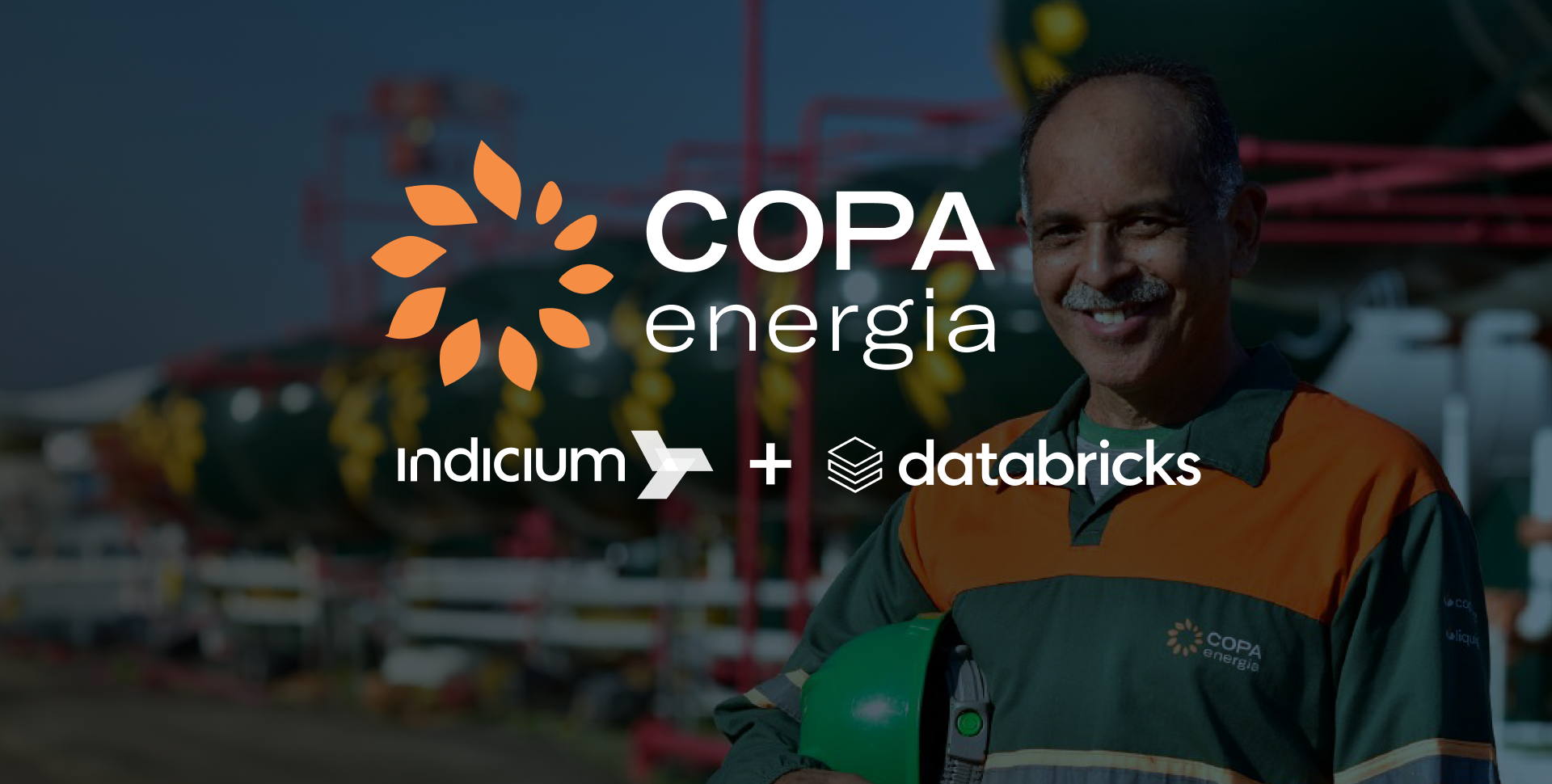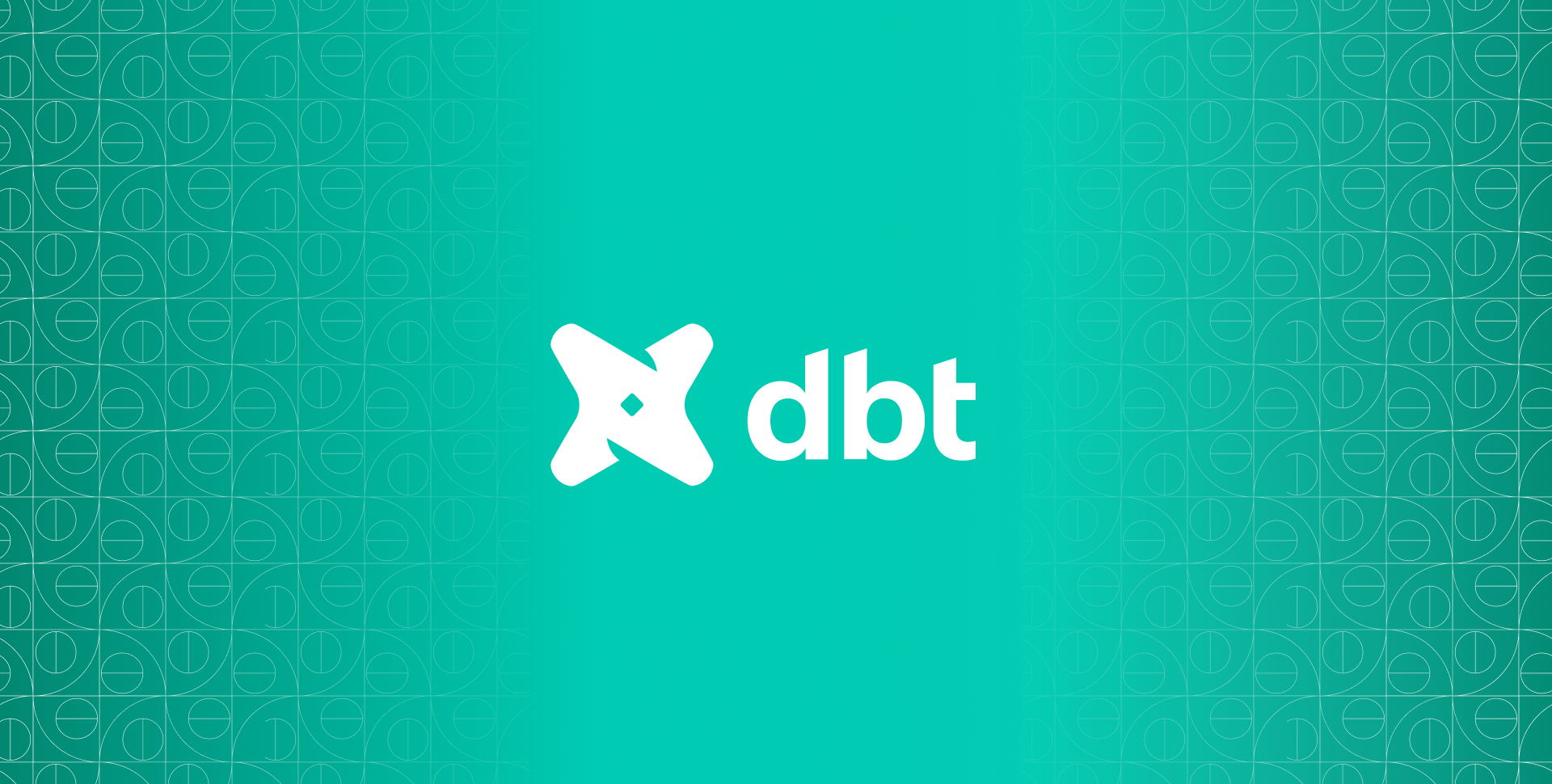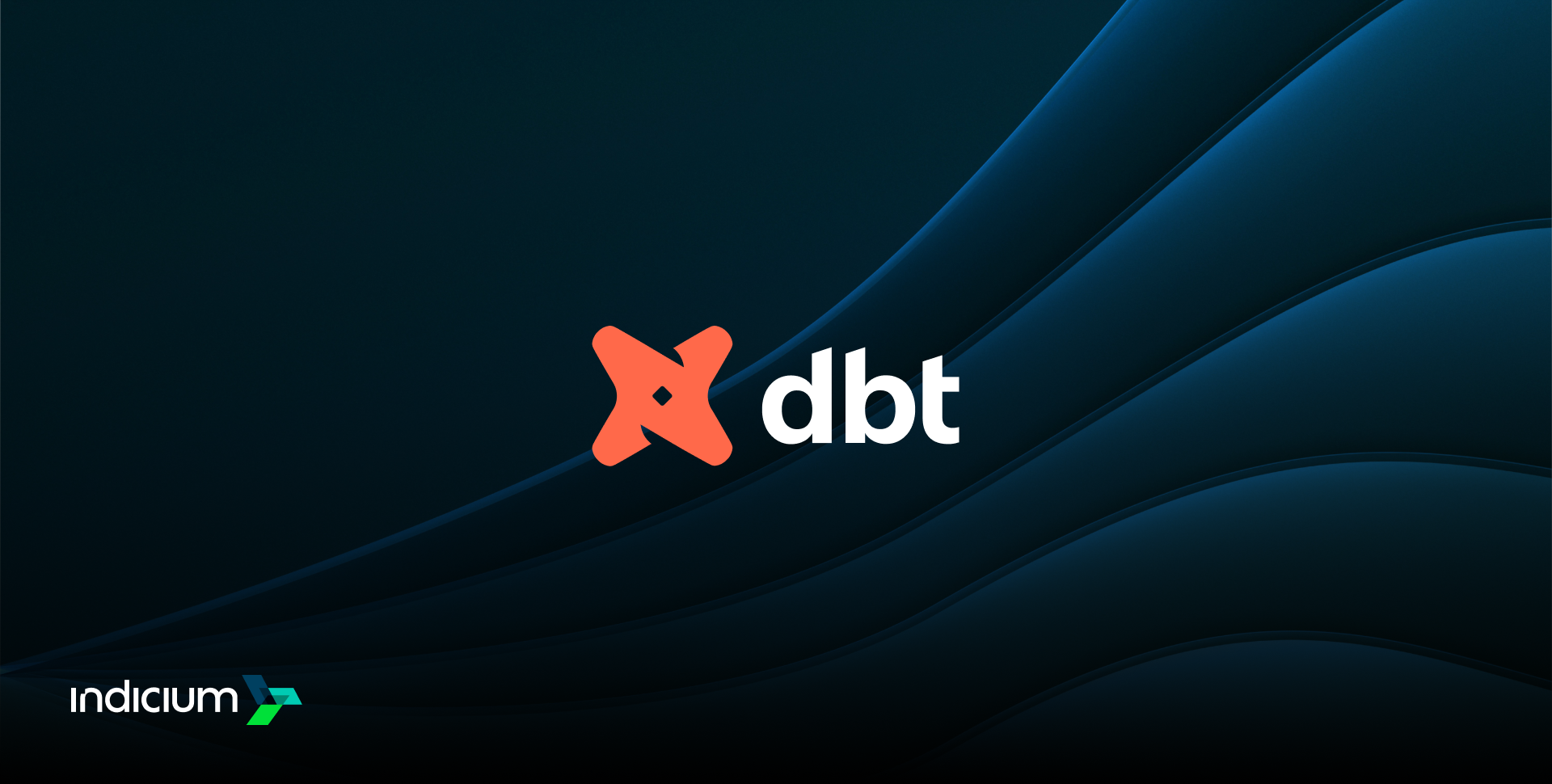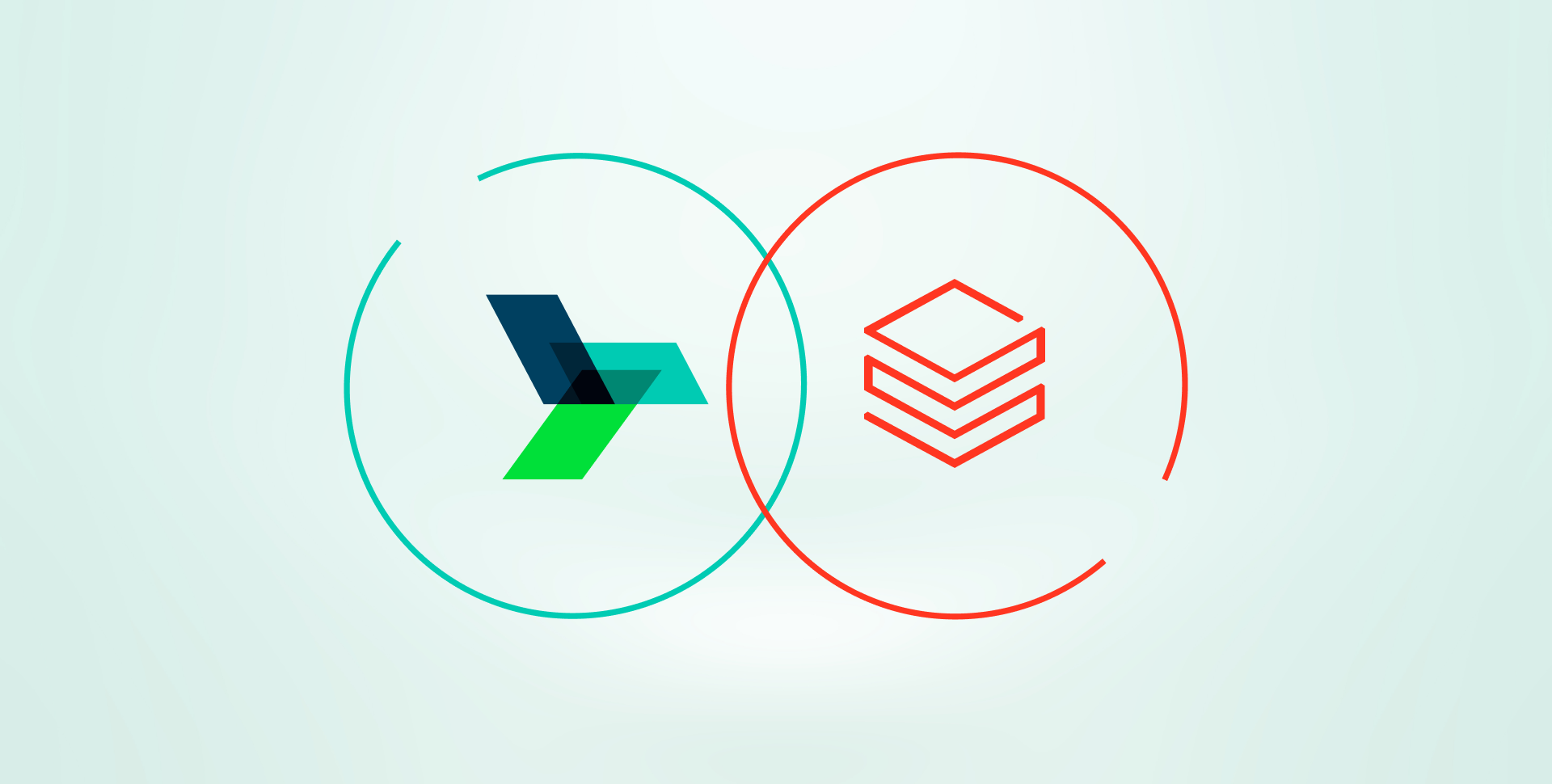
How Copa Energia Built a Proprietary, Scalable Credit Engine with Databricks
-
 Written by
Written by -
CategoryData & AI Strategy
-
Published DateSeptember 9, 2025
Copa Energia, the largest gas company in Latin America, identified an opportunity in its credit approval process to accelerate business growth with greater speed, accuracy, and governance.
The flow depended on dispersed data, manual analyses, and loosely standardized credit policies, resulting in slow, inconsistent reviews with low traceability. This also increased default risk, restricted commercial agility, and limited the visibility needed for strategic decision-making.
To turn this scenario into a competitive advantage, Copa and Indicium built a proprietary, scalable credit engine on the Databricks Lakehouse Platform, powered by Mosaic AI. The solution unified internal and external data, applied predictive models, and embedded governance throughout the process.
The result: a credit intelligence system fully controlled by Copa, with complete autonomy over data and decisions, cutting annual risk exposure by R$13.5 million.
The Challenge: High Risk, Low Visibility, and Slow Decisions
Before the implementation, credit analysis was manual and fragmented. Information came from multiple unintegrated sources, and each approval followed different, non-standardized criteria depending on the department or analyst. This weakened governance, increased risk exposure, and consumed more than 270 hours of financial team time each month.
The lack of segmentation also meant all customers were evaluated in the same way. Low-risk clients received limited credit below their potential, while higher-risk clients had excessive access. This led to inefficient capital allocation and lower operational efficiency.
The Solution: Databricks Lakehouse and Mosaic AI as the Credit Engine Foundation
With Databricks Lakehouse and Mosaic AI at the core, Copa gained a scalable, governed, and explainable credit engine capable of processing large data volumes and applying predictive models in an integrated and automated way.
For many enterprises, building a credit engine is a complex, costly, and long-term project — traditionally done in SAS or fragmented architectures. The volume and diversity of data, integrations, and the need for constant updates to rules and models add to the complexity.
With Databricks and modern data engineering practices, the process becomes simpler and scalable: all data and models live in the same ecosystem, with native integration, centralized governance, and the ability to evolve without rework or restructures.
The architecture included:
- Lakehouse to unify internal (ERP) and external (credit bureau) data
- Unity Catalog for governance and data security
- Mosaic AI, including:
- ● Feature Store to centralize model variables
- ● MLflow to version, monitor, and manage models
- Databricks Asset Bundles and Workflows to automate pipelines and continuous inferences
This approach reduced operational complexity, eliminated silos, and consolidated the entire data lifecycle (from ingestion to model application) within a single platform.
Results: More Control, Less Risk, Real-Time Decisions
The proprietary credit engine built with Databricks and Mosaic AI delivered direct, measurable gains. Automation reduced manual effort, increased decision accuracy, and strengthened governance at every stage of the process. Less risk, more efficiency, and capital freed for growth.
Risk reduction and smarter capital use
Credit risk indicates how much a company could lose in case of default. Before the engine, 21% of Copa’s credit capital was exposed. With predictive models, that number dropped to 19% — a reduction of R$13.5 million per year. In practice, less capital tied up with high-risk clients and more credit allocated to reliable customers, fueling safe business growth.
Automation that frees time for strategy
Previously, the team handled at most 1,100 reviews per month, spending over 270 hours on manual tasks. Much of the portfolio went unevaluated, lowering decision accuracy.
Now, 100% of customers are automatically re-evaluated each month. Standard cases are resolved with clear, traceable recommendations. Analysts focus only on exceptions, negotiations, and strategic decisions. More scale, more quality, less operational effort.
Visibility and control in one dashboard
Beyond the credit engine, the solution delivered a centralized dashboard with all critical portfolio management insights.
The panel enables analysis by customer, state, segment, and channel, along with performance and risk metrics. The credit team uses it to quickly identify high-risk clients, adjust limits based on model recommendations, justify approvals or rejections, prioritize collections, and export reports for strategic decision-making.
Smart segmentation for tailored credit
The customer base was divided into four groups, each with specific models. This level of granularity ensures low-risk customers receive enough credit to grow, while higher-risk profiles are managed with caution.
Integrated governance and traceability
With Unity Catalog and MLflow, every recommendation is traceable, documented, and auditable. Rules are no longer isolated in spreadsheets but built into the architecture, with continuous versioning and monitoring for compliance.
Mosaic AI also enables explainable AI, allowing every credit decision to be justified with clear influencing variables. This builds trust, enables transparent adjustments, and strengthens governance. Credit limits always align with company policy and the client’s real conditions.
Recognition as an Innovation Project
The behavioral credit engine was recognized as one of the most innovative projects at Energy Summit 2025 — standing out as the only finance-focused initiative awarded in a space dominated by sustainability and energy infrastructure projects. This recognition reinforced what results had already shown: the solution not only improved credit decisions but also boosted Copa Energia’s business performance.
Why Databricks + Indicium
Indicium leveraged its expertise to unlock the full potential of Databricks and Mosaic AI, combining automation, governance, and scalability in a robust architecture. As a strategic partner, Indicium helped Copa Energia build a proprietary credit engine that evolves with the business, seamlessly incorporating new data and models without complex rework.
The result: a modern, sustainable, data-driven credit system that guarantees fast, reliable, and growth-aligned decisions for Copa Energia.
The next step is already underway: a collection score model to calculate recovery probability by customer or invoice and determine the ideal channel, timing, and offer for collection. The goal is to raise recovery rates and strengthen financial efficiency.
Indicium has over 450 certified Databricks professionals and 500,000+ hours of delivery experience. Our team helps enterprises modernize, optimize, and scale with Databricks to turn data into measurable business results.
Let’s build your next credit engine. Connect with our Databricks experts today.
About Indicium

Beatriz Albertoni
Stay Connected
Get the latest updates and news delivered straight to your inbox.




